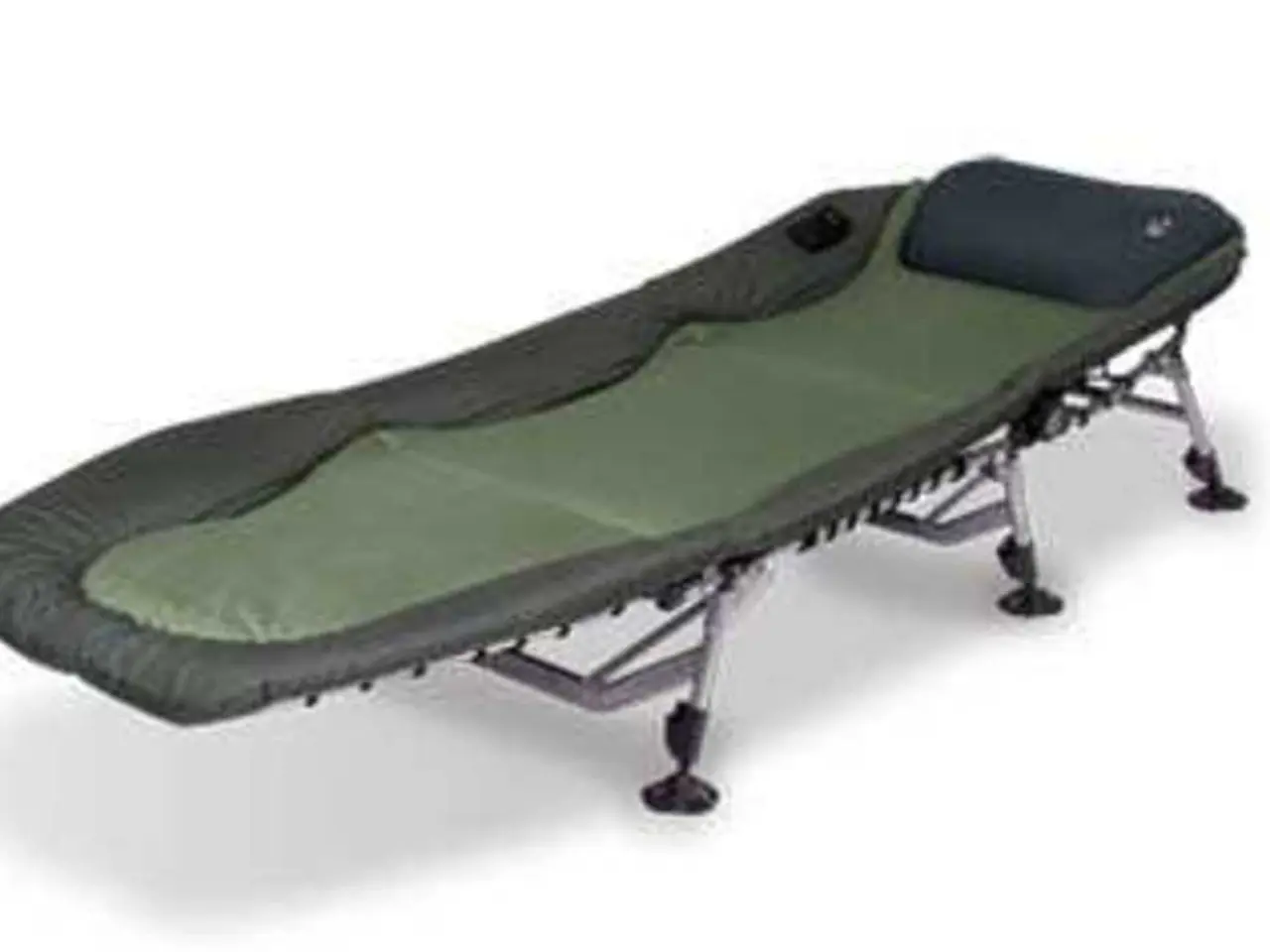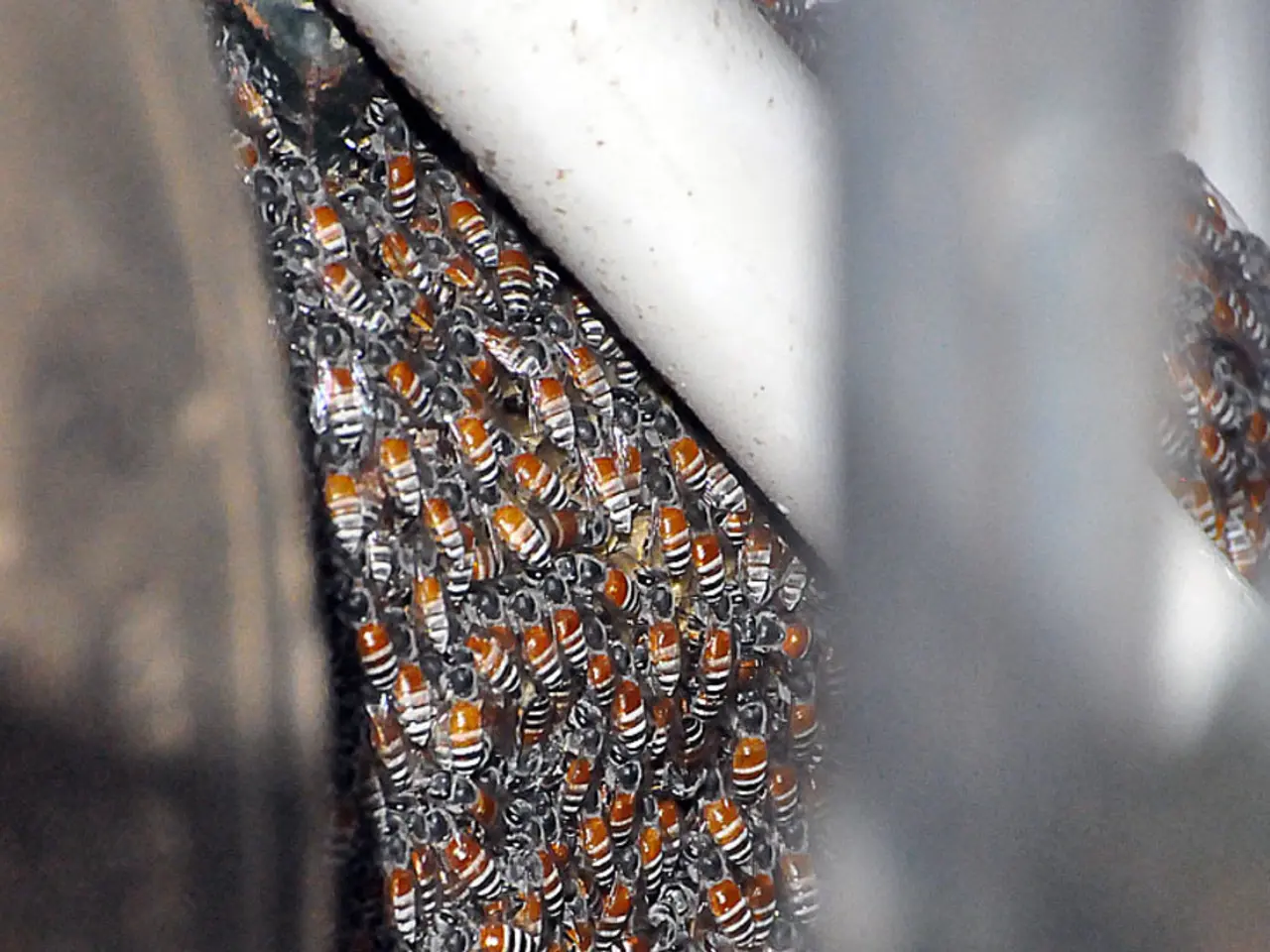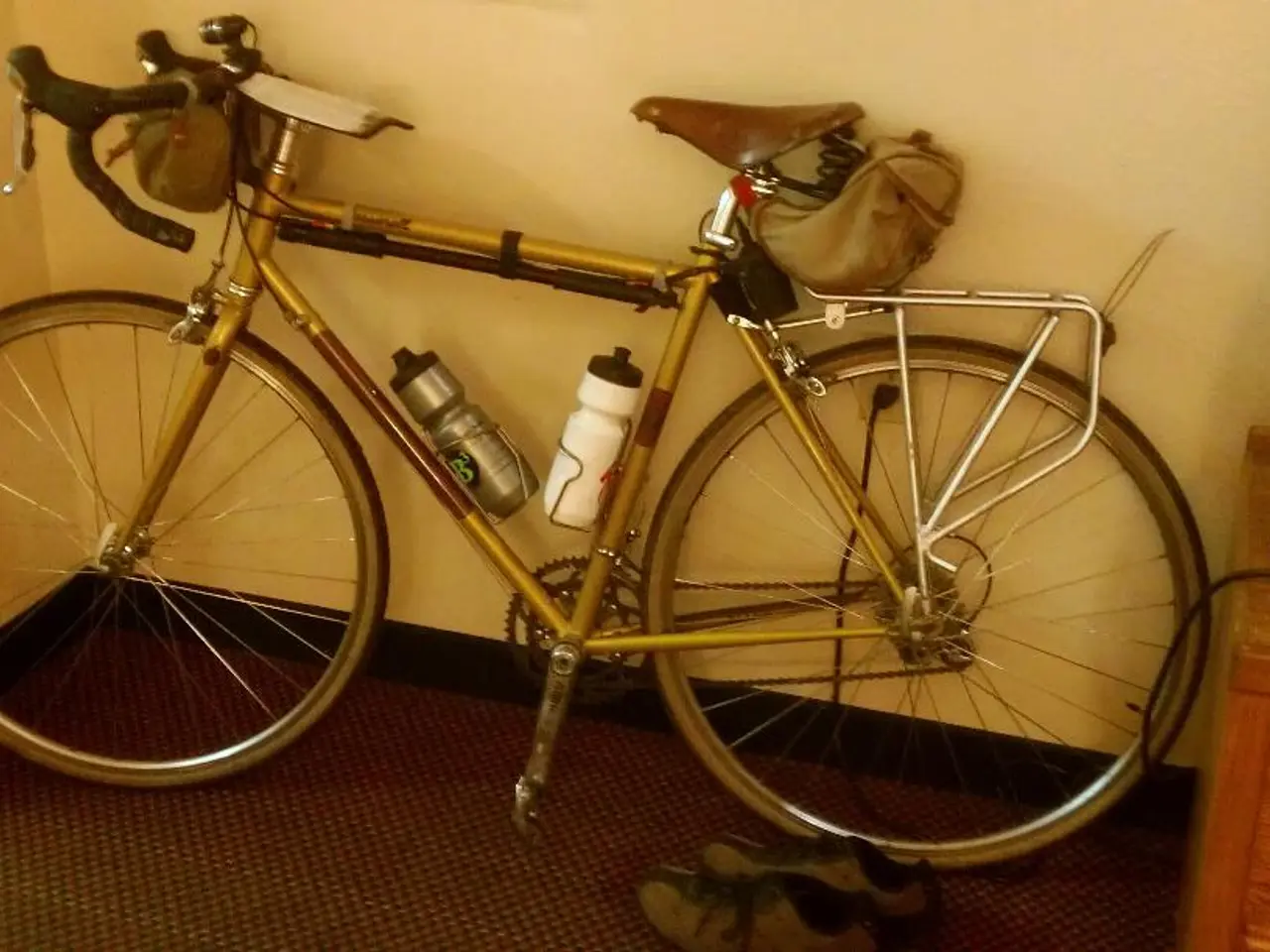Quadriceps Muscles: Details, Structure, and Workout Routines
Strengthening Your Quadriceps: A Guide to Effective Exercises
The quadriceps, often referred to as the 'quads', are a group of four muscles located on the front of the thigh. These muscles, which include the rectus femoris, vastus lateralis, vastus intermedius, and vastus medialis, play a crucial role in extending the leg at the knee joint and flexing the thigh at the hip joint [1].
To strengthen and condition the quadriceps, people can perform various exercises such as squats, lunges, leg press, and leg extension. These exercises primarily target the quads through knee extension and promote muscle growth and strength.
Squats, often considered the "king" of quad exercises, engage multiple muscles with a strong focus on the quads. Front squats, in particular, keep the torso more upright, increasing quad activation. Pause squats, which involve holding the squat position for a few seconds, increase time under tension for further hypertrophy [2].
Lunges, available in various forms including forward, reverse, walking, and lateral, engage the quads from different angles and provide versatility, allowing for progression with added weight [2]. Bulgarian split squats isolate each leg, enhancing quad development and stability [4].
Leg press machines allow heavy loading safely to build quad strength and muscle mass, with foot placement variations to shift emphasis toward the quads. Leg extensions isolate the quadriceps directly through knee extension for targeted muscle building [4].
While not a strengthening exercise, the quadriceps PNF stretch is useful to improve flexibility and support recovery of the quads [1].
It's essential to remember that before exercising, a quick warm-up and stretch are advisable to encourage blood flow to the area. The vastus lateralis, running down the outside of the thigh, connects the femur to the patella, while the vastus medialis, the deepest of the four muscles, runs along the inner part of the thigh and connects the femur to the kneecap [1].
Unfortunately, injuries are common in the quadriceps, with contusions, strains, and tendinopathy being some of the most common. A quadricep tear, where a tendon becomes either partially or completely severed, causing the muscles to detach from the kneecap, can prevent a person from straightening their knee [1].
Tendinopathy refers to tendon injuries in the quads, causing pain, swelling, and impaired function, often from overuse. Tendinitis, inflammation of a tendon, and tendinosis, the degeneration of a tendon, are both painful and cause a loss of flexibility [1].
In conclusion, incorporating exercises such as front squats, Bulgarian split squats, various forms of lunges, leg presses, and leg extensions can maximize quadriceps hypertrophy and functional strength [2][4]. Always remember to warm up before exercising and stretch to prevent injuries and support recovery.
- Poor form during fitness-and-exercise, accident-and-falls, or excessive strain can lead to musclepain in the quadriceps, including pain in the kneepain as a result of tendinopathy.
- Engaging in a regular health-and-wellness routine that includes fitness-and-exercise focused on strengthening the quadriceps, such as squats and lunges, can help alleviate or prevent musclepain and kneepain.
- Science in the field of health-and-wellness emphasizes the importance of correct form during fitness-and-exercise, as incorrect technique can lead to not only musclepain and kneepain, but also potential injury and falls.




